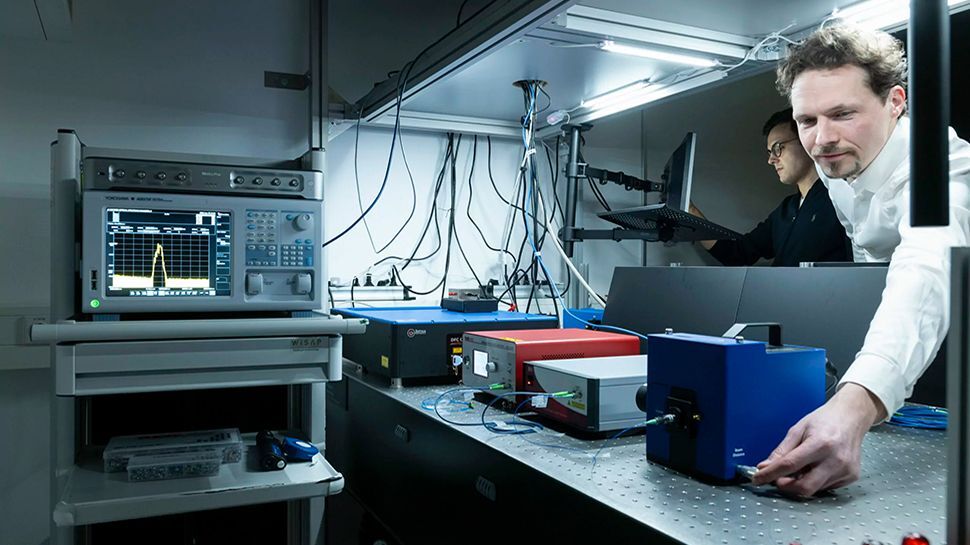Silicon computing is starting to run up against hard limits when it comes to energy usage. Bitcoin mining is currently using 2% of the USA’s energy. Data Centers are projected to be using a third of Ireland’s electricity output by 2026.
However it seems next-generation solutions are on the horizon, and this is one of them. Transitioning computing to energy-efficient new technologies is another front in the war to slow climate change.
Original source (free access) :
https://onlinelibrary.wiley.com/doi/10.1002/advs.202303835
So, if I read it correctly, they do not modify the fiber so the training information would be store in the fiber.
They do not have light that can learn by itself either … instead, what they do is they notice that a very reproducible noise pattern is created and they are training a machine outside of the optical fiber to recognize which part of this noise could be interpreted as information … all of this is in fact very power costly, …and is likely to remain so.
Edit : I removed my last statement because I don’t want to start bickering about sterile nonsense.all of this is in fact very power costly, … and is likely to remain so.
I’m not sure how you arrived at that conclusion. The direct quotes from the actual researchers say the opposite.
and is likely to remain so.
Well, in fact I don’t care at all for that last statement of mine. So, if this is all you disagree about my reading of the article then it’s fair game for me.



